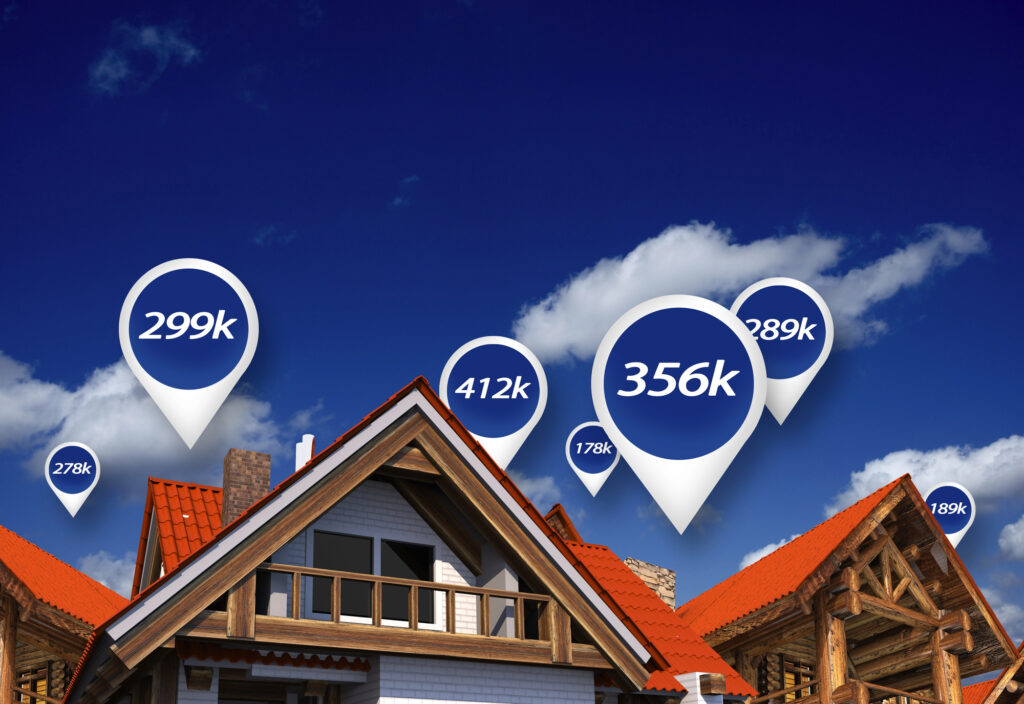There are a lot of moving parts when it comes to buying a property. Saving for a deposit, looking for the perfect home, making an offer, and the conveyancing process. Unless you are fortunate enough to be a cash buyer, you’ll also need a mortgage to make your home ownership dreams come true. So what exactly are the different parts that make up a mortgage? This article has everything you need to know about mortgages so that you can make the right choice for you.
What Is A Mortgage?
Simply put, a mortgage is a type of long-term loan that you can use to buy a property like a house or a flat. Your mortgage is an agreement between you and the lender and is secured against your property. The majority of people who are looking to buy a property will need to take out a mortgage to make it happen. With a mortgage, you can spread the cost of your house purchase over a number of years, typically up to a maximum of 40 years.
The Parts of a Mortgage That You Need To Consider
There are several factors that go into a mortgage that you need to know about. Understanding how these elements work is essential to knowing your affordability and choosing a mortgage product that is realistic for your circumstances.
- Type of Mortgage
There are three types of mortgage you can choose from: a fixed rate mortgage, a tracker mortgage, and a discounted rate mortgage. Fixed rate and tracker mortgages are the most popular. With a fixed rate mortgage, your monthly payments stay the same over a set period of time, which is usually anywhere between two and five years. It can make it easy to keep track of your finances as you pay the same each month.
A tracker mortgage follows the Bank of England’s base rate; this means the repayments you make could fluctuate up or down if the base rate changes. This option can make it more difficult to manage your outgoings as the amount you pay on your mortgage can change.
Once the initial tracker or fixed rate ends on your mortgage, you move to the Standard Variable Rate (SVR), which can be much higher than what you were paying before, unless you remortgage to a new mortgage when the period ends.
Discounted rate mortgages offer a temporary period of two to five years, where the interest rate is set below the lender’s SVR. This means that your monthly payments are lower to begin with; however, the rate is still variable, which means it can change at the lender’s discretion. At the end of the discount period, you’ll revert to the full SVR or another rate.
As well as deciding whether to go for a fixed rate, tracker, or discounted rate mortgage, you’ll need to choose between a repayment and interest-only mortgage:
- Repayment Mortgage:The most common mortgage to go for. It involves you making monthly payments over the term. At the end of the term, you will have paid off the whole loan and interest if you keep up with repayments.
- Interest-Only Mortgage: You only pay the interest accrued on your mortgage each month. At the end of the term, you’ll need to pay the full mortgage amount in a lump sum.
- Length of Fixed Rate
If you decide that a fixed rate mortgage is best for you, you’ll need to determine the length of the initial fixed rate. The most common options for fixed rate mortgages are two and five years, although some lenders offer a three-year fixed rate. Whichever fixed rate you choose, your monthly payments will stay the same over the time period. The term you choose will depend on your circumstances, the duration of your stay in your home, and the potential impact of future interest rate changes. Selecting a longer fixed term gives you the security of knowing that your monthly payments won’t change. It can be beneficial if interest rates are on the rise and less so if they start to fall dramatically.
- Loan to Value (LTV)
The LTV ratio is shown as a percentage and is the value of the property compared to how much you need to borrow. For example, if you have a £50,000 deposit for a £250,000 home, you’ll need to borrow £200,000, making the LTV 80%. LTV is important as lenders consider it when deciding whether to approve your mortgage application, the amount you can borrow, the interest rate they offer you, and the terms of the mortgage agreement. The lower your LTV, the better interest rates will be available to you because higher LTVs are seen as more of a risk to lenders.
- Mortgage Term
Your mortgage term is different to your fixed or tracker rate period. The mortgage term is the total length of time that you pay your mortgage back over. The term you choose depends on your budget. The longer the term, the lower your monthly payments will be. The shorter the term, the higher your monthly payments will be. Typically, lenders offer a maximum term of 40 years or until your 75th birthday, whichever comes first. The good news is that you can change your mortgage term when you come to remortgage. Other things, such as making overpayments, can help you reduce your term in the long run.
Choosing A Mortgage That Works For You
Ultimately, the type of mortgage you choose depends on your personal circumstances. Longer fixed term periods and overall mortgage terms can be helpful to those who are adjusting to becoming homeowners and want the peace of mind that they can afford their repayments. However, your overall term is not set in stone, and you can change it to suit your requirements as you go along. To better understand the options available to you, our team is here to help.




